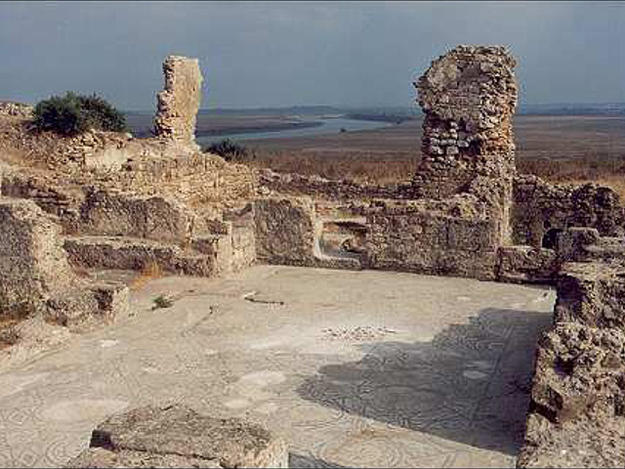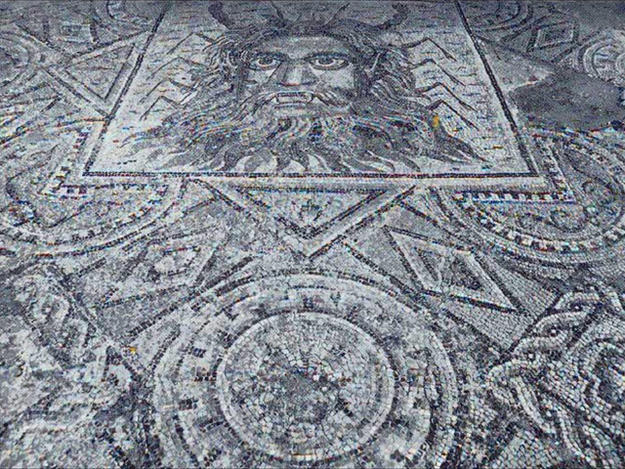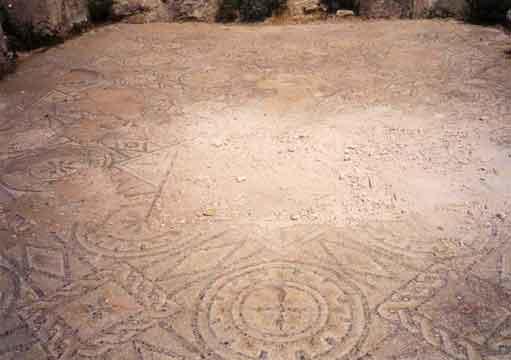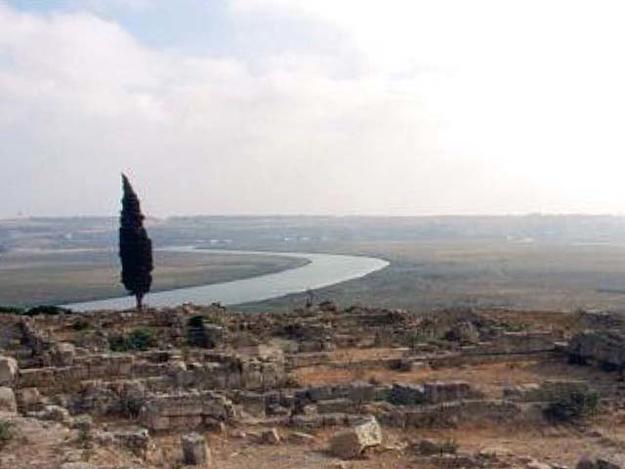Lixus
2010 World Monuments Watch
The archaeological ruins of the ancient city of Lixus emerge from a hill at the bend of the Loukkos River on the western coast of Morocco. The first inhabitants of the site were the Phoenicians in the 12th century B.C., who remained there as merchants until the settlement fell to the expanding Roman Empire in the 1st century B.C. By the 5th century A.D., the Roman Empire declined and the local Amazigh people inhabited Lixus until the 7th century when the site was completely abandoned. Floors decorated in mosaics, a theater, garum-making facilities, and a basilica, are the few ruins that remain, and are reminders of the splendor and prosperity of Lixus. Since the 7th century, Lixus has been abandoned and exposed to more than a millennium of neglect and looting, and is susceptible to complete destruction if a management plan is not implemented. As tourism expands in Morocco and related development comes to the area, a conservation and sustainable tourism management plan are imperative to protecting the ruins of Lixus from further decay. Such planning will hopefully encourage local and international recognition, engage stakeholder participation, and enhance community development.




